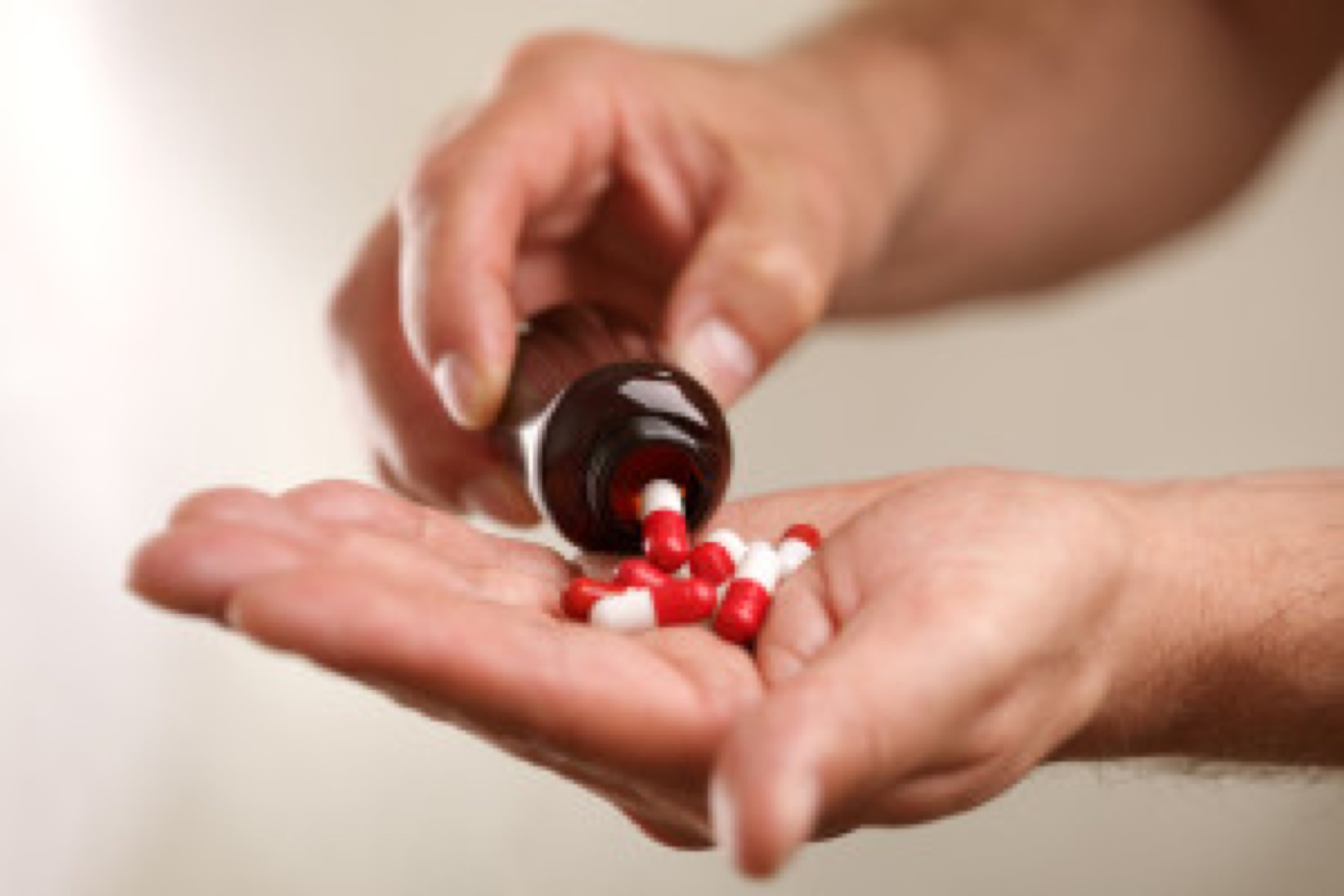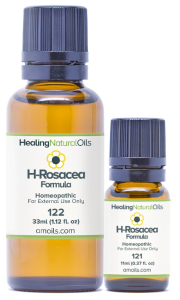Why You Should Avoid Antibiotics When Treating Rosacea
Medical doctors will often prescribe antibiotics, when you present with the symptoms of rosacea, suggesting you continue with one type for up to three months before trying a different type.
We would like to explain why this is not a good idea nor the best solution.
But first, what are the symptoms of rosacea?
Rosacea is pronounced roh-ZAY-sha and causes facial redness and spots together with flushing.
It typically affects the cheeks, nose and forehead and, though it’s not painful, it can be unsightly. Many sufferers feel embarrassed about the appearance of rosacea so it can seriously affect their self esteem. It is similar to acne. Symptoms include:
- Redness on the cheeks, nose, forehead or chin

- Burning, stinging, itching or a feeling of tightness in your face
- A rough, dry appearance to the skin, sometimes with raised red patches or facial swelling
- The appearance of small but obvious blood vessels on your face
- Facial pimples
- Watery, irritated or bloodshot eyes
The symptoms follow cycles of flareups and then remissions.
Back to why you should avoid antibiotics unless absolutely necessary
For many decades, antibiotics have been abused and overused to such an extent that some conditions have become antibiotic-resistant with dangerous consequences.- Antibiotics should only be prescribed for serious bacterial infections.
- Those parts of the United States (with the highest levels of antibiotic overuse) also have the worst health records, including the highest rates of obesity, asthma, heart disease, heart attack, diabetes and stroke.
- In addition, such antibiotic overuse has had a detrimental effects on many people's gut bacteria as antibiotics may permanently alter the gut bacteria and interfere with important hunger hormones secreted by the stomach. These can lead to increased appetite, body fat and body mass index (BMI).
- Eating factory farmed meat means adding even more antibiotics to your system.
- All pharmaceutical medications have some side effects and antibiotics are no exception. A normal course would be 7 to 14 days. Unfortunately, prescriptions for rosacea can be for as long as three months.
How to treat rosacea without resorting to antibiotics?
- Normalize insulin levels by eliminating or drastically reducing sugars and grains in your diet.
- Taking regular exercise to lower your insulin level and boost the immune system.
- Cut out all trans fats and processed foods as these can make your skin cells more susceptible to a greater risk of diseases such as rosacea and others.
- While it is not recommended that you expose any areas of rosacea to strong sunlight, you can optimize your vitamin D levels through safe sunlight exposure on other parts of your body while supplementing with vitamin D3 so that your levels reach at least 50 to 70 ng/ml.
- Lower your stress levels and control your emotional health. One of the ways is through EFT which we have written about here.
- Treat your outbreaks of rosacea with our own natural product.
A malfunction of your immune system is the key to your developing rosacea. With well thought-out lifestyle changes, avoiding rosacea triggers and using a natural topical product, you can treat your rosacea skin condition without resorting to antibiotics.
Rosacea tends to gradually worsen with age, especially if untreated, making it more important than ever to make those lifestyle changes and to use a safe and gently natural treatment.
Sources
Maier LE. Management of rosacea. https://www.uptodate.com/contents/search. (Accessed Feb 13, 2021).
AskMayoExpert. Rosacea. Mayo Foundation for Medical Education and Research; 2019.
van Zuuren EJ, et al. Interventions for rosacea. Cochrane Database of Systematic Reviews. https://www.cochranelibrary.com/. (Accessed Feb 13, 2021).
Aldrich N, et al. Genetic vs environmental factors that correlate with rosacea: A cohort-based survey of twins. JAMA Dermatology. 2015;151:1213.






